Rodri Méndez and the revival of the Atlantic Reds
- Miguel Crunia

- May 14, 2021
- 5 min read
Updated: May 23, 2021
Rodrigo Méndez is a fundamental figure to understand the oenological scene of the Rías Baixas in the XXI century. His universe revolves around red wines in a world that is monopolised by white wines. A particular and differentiating universe that has laid the foundations for recovering a winemaking tradition that has fallen into disrepair.

His grandfather was a well-known winegrower in the region. A winegrower who had the local red varieties at his heart and, 40 years ago, he set up plantations of Loureiro, Caíño and Espadeiro because he had memories of stepping on them at home during harvest when he was a child. Then the Spanish Civil War came, bringing difficult times for the wine growers of the area, causing them to stop growing those red varieties because they did not give much profitability. Rodri worked later on with his grandfather, inheriting a vineyard with these varieties in 2001 after his grandfather sadly passed away. He did not really know what to do with all this heritage until he got in touch in 2005 with Raúl Pérez, who taught him how to interpret and transmit the essence of his vineyard on his wines.
These are varieties that fell into disuse due to the fact that the generation of their grandparents did a viticulture which was not very adequate to the delicacy of these grapes: they were getting wines with 9-10% ABV, but they could not go much further due to the weather conditions and the excess of production.
Rodri and Raúl were seen as a couple of weird and crazy guys. They gave a great deal of importance to viticulture: everything started from pruning, minimising the vigor of the plant by reducing production per hectare. The most difficult thing for him was knowing the identity of each of the varieties. The work was arduous because, although there is a very important history of autochthonous grape varieties in Rías Baixas, there is no historic records of how they were vinified in the past. It was starting from scratch to achieve that understanding of how each of the varieties behaved both in the vineyard and in the winery. They decided to take a working path from the beginning: The rejected the idea of using new oak to make wines accessible to everyone. Instead they let the territory and varietal expressiveness to speak up. Thus, they started in 2005 with the clear idea of making elegant wines, rooted to their territory, that would last well in time, recovering a piece of the local viticultural history.
We are in Salnés, which is the area with the highest concentration of historic vineyards in whole Rías Baixas. It is the area of the DO most bathed by the Atlantic. Salnés is also the sub-region with the most diversity of landscapes: it has sea, valley and mountains. The Salnés harvest later (up until October), which entails a greater balance with the degree of acidity so that wines of ageing and true race can be made. Specifically within the Salnés, the winery is located in the town of Meaño. We are always talking about granite and sandy soils, but it is also true that in this area there are some plots with quartz, beach sand and even slate soils. They vinify each of their vineyards separately, so these soil differences are very marked in each of the wines.
Galician red varieties are much more complicated than the Albariño. Varietals that were very present in the region from 1890 to 1975. Later they stopped growing them because they all have a very thin and delicate skin that require a lot of viticultural work (as they are more sensitive to fungal diseases). They are all long-cycle varieties. Doing a more intense viticulture leads us to obtain small productions because, from Forjas del Salnés, Rodri does not want to risk buying grapes from external winemakers because those local winemakers (usually people of a certain age) are not determined to do quality viticulture because many still don't understand why it's necessary: intensive pruning, green harvest, etc. are necessary practices because, if they are not done, wines with more than 9-10% ABV will not be achieved, thus making it very difficult to produce quality. These sea reds offer a series of common characteristics: they are wines that have a very good personality and a very good evolution in the bottle. They are wines that after 6/7 years begin to awaken more complex nuances, the acidities are already more integrated and that also give you more expression of the soils. They are all fresh wines, with an Atlantic (saline) character, which, from Fìon, we encourage you to have in your cellar because they will not disappoint you.
The three wines that we bring you belong to their Goliardo line, which takes its name from those people who used to sing in the local bars, drinking a lot of wine during the Middle Ages. All these wines are made in the same way: 100% de-stemmed and aged in 225L barrels (third or fourth use) for 12 months. Very light macerations doing manual punchdown only (3 weeks). Goliardo, Caíño, 2017: 100% Caíño Tinto (aka Tinta Femia, the female red), with a total production of 3,000 litres (approx.). This wine is a coupage of two vineyards vinified separately. "A Telleira" is a very old vineyard planted in the 60s by Rodri's grandfather, very close to the sand of the sea with a soil made of pebbles, sand and kaolin. The other plot comes from his Finca Genoveva with granite soil and super old vines (some are 175 y / o). With the fermentation in Foudre (the use of foudres for them is crucial as it helps them to relax the acidity in a natural way) and Tinos. Aged in 225L barrels. Caiño is the most vertical (the one with the most acidity) and the one with the least layer of color (because the skin is thinner, also becoming the most sensitive to mildew) among the 3 of them. Rodri has to lower its production to 3,000 kilos per hectare (doing a super aggressive green harvest) in order to reach 12% ABV. It is the one that takes the longest to mature as well. It evolves very well in the bottle, and when the acidity is balanced with the fruit, Caiño makes super interesting wines. Be ready to be taken to the Loire (as it reminds of the Pineau d'Aunis) due to that Atlantic feeling. Narrow and tense. Energy, loads of it. White pepper, pomegranate. Offers great finesse.
Goliardo, Espadeiro, 2017: Only 3-4 barrels are made each year, about a thousand litres in total. Perhaps the most delicate in the vineyard due to its skin, which causes problems at the end of the harvest because if it rains, the skin breaks and the volatile aromas come out uncontrollably. Very sensitive & delicate too, but produces very fruity and fine wines. The most challenging to grow. There was a lot planted in the past and it was disappearing from the Galician viticultural scene due to its demanding character. Offers great drinkability. Goliardo, Loureiro, 2017: Another minuscule production, only a thousand litres a year are made. It behaves very well in the vineyard, being the one that requires the least work. It is the most rustic. It is the Galician variety (along with Sousón) that gives more color. It is the one that the local people like the most. There are more balsamic aromas, almost minty. It needs more time in the bottle to be tamed. Ferric & bloody feeling.
Miguel Crunia
Director at Fìon
info@fionwines.co.uk
Check on our Atlantic Red Trio set of wines by clicking in the following link:





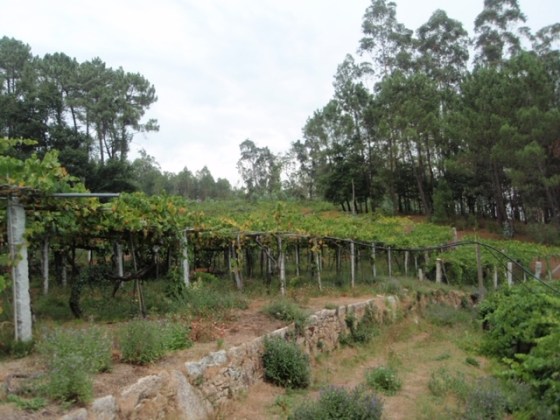

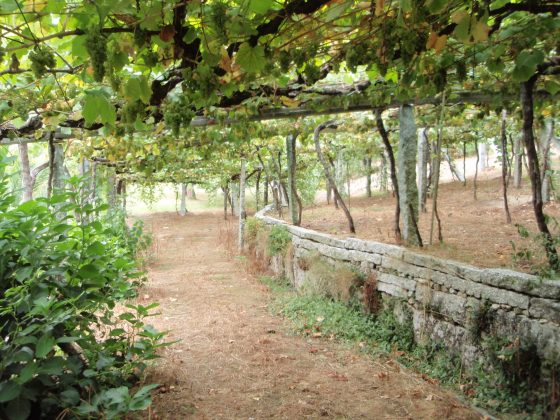

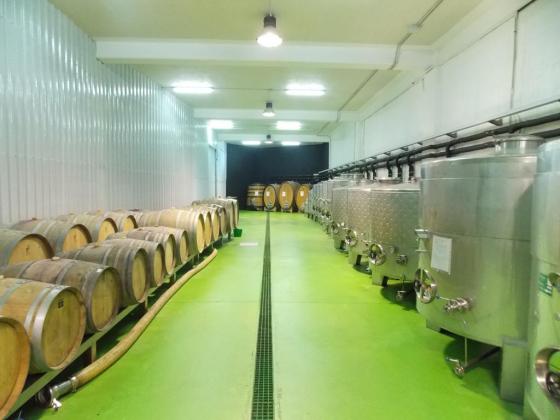

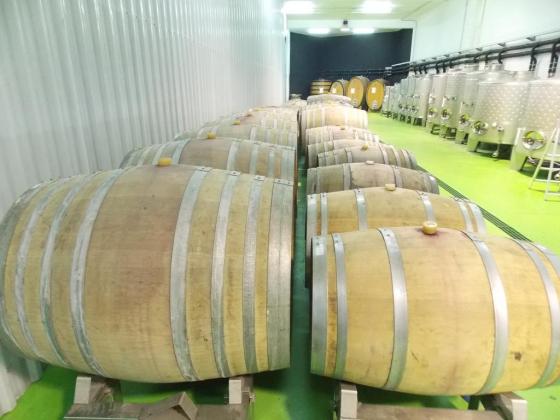

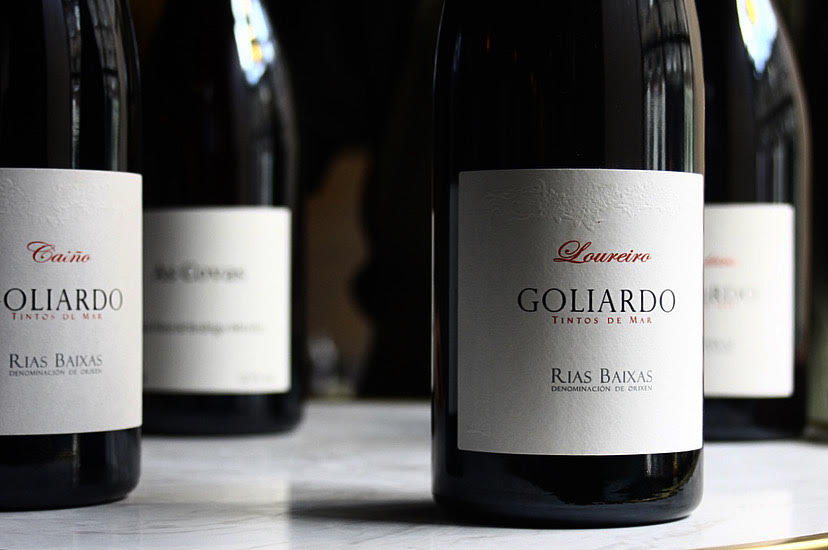





Comments